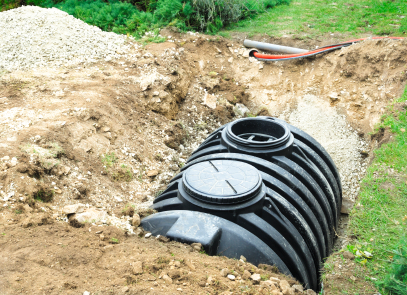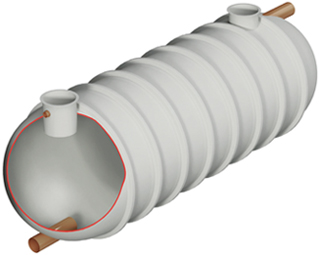As with any industry, there can be a fair amount of jargon bandied about when talking about wastewater and sewage treatment. However, what becomes everyday for those working in the industry can cause a lot of confusion for customers. So, to help you understand some key terms, we have created a jargon busting glossary.
Sewage: sewage is the bulk term for used wastewater and any excrement and waste carried with it. This will be produced by appliances and bathroom fixtures – for example, toilets, showers and washing machines – and will flow out of buildings through drains and pipes.
Surface water: this kind of water comes from rain or melted snow – it doesn’t need to undergo treatment like wastewater does and it shouldn’t be allowed to make its way into sewage treatment systems, septic tanks and the like.
Sewage treatment: to make sure that sewage water can be released back into watercourses, it needs to be filtered and treated – sewage treatment is an overarching name for this process. There are many methods of sewage treatment from municipal plants to single household septic tanks. (aka wastewater treatment)

Cesspool: an underground pit or container to collect sewage. This does not offer any treatment, it merely stores the sewage.
Septic tanks: a tank in which sewage is collected and broken down by anaerobic bacteria. Solids and sludge will settle and need to be emptied periodically; the wastewater which has undergone basic treating is released to an underground soakaway to be filtered through soil.

Sewage treatment plant: a sewage treatment plant thoroughly filters and treats wastewater to the point that it can be safely released back into watercourses. Sewage treatments plants come in many sizes but all have three main stages/chambers.
Primary sewage treatment: the first stage of sewage processing in a sewage treatment plant. Here, organic solids sink to the bottom of a tank and the wastewater passes through to the next treatment stage. Bacteria may also be present to further break down waste.
Secondary sewage treatment: in this second stage of processing in a sewage treatment plant, the water in a tank is aerated, for example, by rotating paddles. This allows a kind of good bacteria – aerobic bacteria – to live and break down the much finer particles of sewage left in the wastewater.
Tertiary sewage treatment: water from the secondary treatment passes through to the tertiary chamber which is another form of settlement chamber. Here, dead aerobic bacteria and any remaining sludge will sink to the bottom of the chamber, leaving cleaned water of sufficient quality to discharge into watercourses.
Watercourse: any flowing body of water, such as rivers, streams, canals and tributaries.
Sludge: the residual solid or semi-solid waste from any form of sewage treatment which sinks in settlement chambers, needing to be periodically removed.
Aerobic: conditions involving the presence of oxygen.
Anaerobic: conditions which don’t involve the presence of oxygen.
Mixed liquor: a term sometimes used to describe the mix of wastewater and the suspended solids within it in aeration tanks.
Kingspan Klargester: the Klargester waste management range, manufactured by Kingspan, offers thorough and efficient private sewage treatment. Wildon UK supply and install many kinds of Klargester unit, perfect for properties where it’s impractical to connect to mains sewers.
Wildon UK are wastewater and sewage treatment specialists, operating throughout the UK. Our experienced engineers can install, maintain and repair a large range of sewage systems. Simply get in touch with our friendly team today with any enquiries.
Go back to








